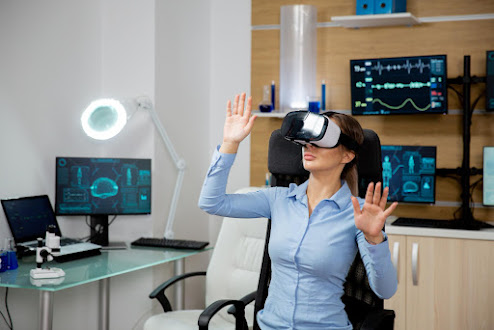Immersive Learning: Exploring Virtual Reality for Medical Training
Medical education is the training that doctors and other healthcare professionals receive to learn how to care for a patient's health. It's like a road map that takes people from knowing very little to being able to assist others when they're sick or hurt. Students in medical school study a wide range of courses, including anatomy (the structure of the body), physiology (how the body works), and diseases (what causes illness). They also learn how to speak with people politely to understand their requirements. After medical school, doctors typically pursue additional study in a specific field, such as surgery, pediatrics (child care), or psychiatry. This extra training is known as residency. Learning does not end after residency. To keep up with new medical treatments and discoveries, doctors must continue to study and learn throughout their careers. Proper medical education is critical because it allows doctors to deliver the greatest treatment for their patients. It'...
.jpg)




